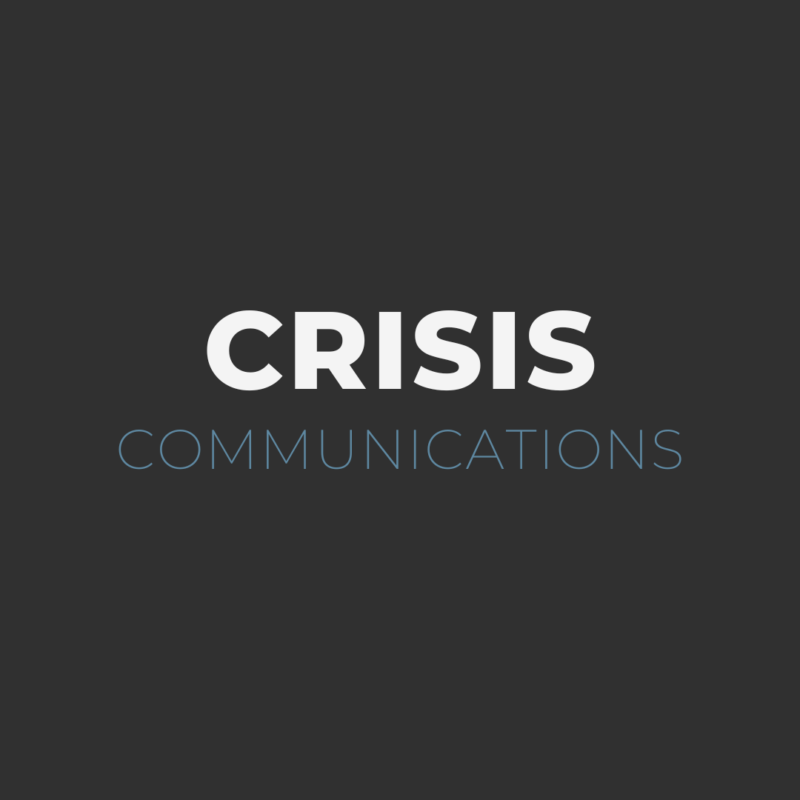Don’t Avoid Conflict – Learn From It

The first step toward successful communication is identifying how your own behaviors affect the situation. The assertive continuum is a model of communication that outlines three different personality traits that explain how we act. These characteristics are passive-aggressive, assertive and aggressive.
Assertiveness lies in the middle of the continuum and is essential to managing workplace conflict. Here’s why: Those with passive-aggressive tendencies try to avoid conflict. They generally have low self-confidence, and their motivation stems from seeking approval, which in turn, deters them from voicing opinions and halts creativity.
Similarly, those with aggressive characteristics, surprisingly, also have low self-confidence. However, their motivation is caused by a need to control others, and they have little regard for the thoughts or feelings for their peers.
On the other hand, those with assertive qualities typically have a high level of self-confidence. They strive to connect with others rather than submit to or control them, and they recognize the needs of others over their own.
Guiding principles to assertiveness include:
- Using “I” statements instead of “you” statements
- Listening attentively
- Focusing on actual behaviors rather than interpretations of behaviors
- Maintaining eye contact
- Staying focused on the message
- Clearly explaining the changes you would like to see happen
- Being future-oriented
In summary, practicing assertive communication techniques in the work environment helps resolve conflicts in a timely manner, making your life easier and the company more productive.


